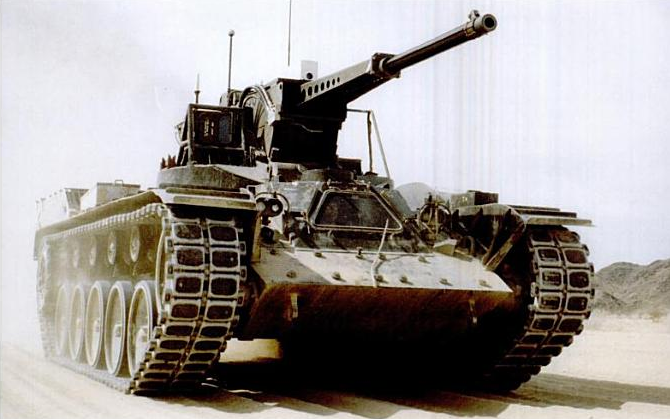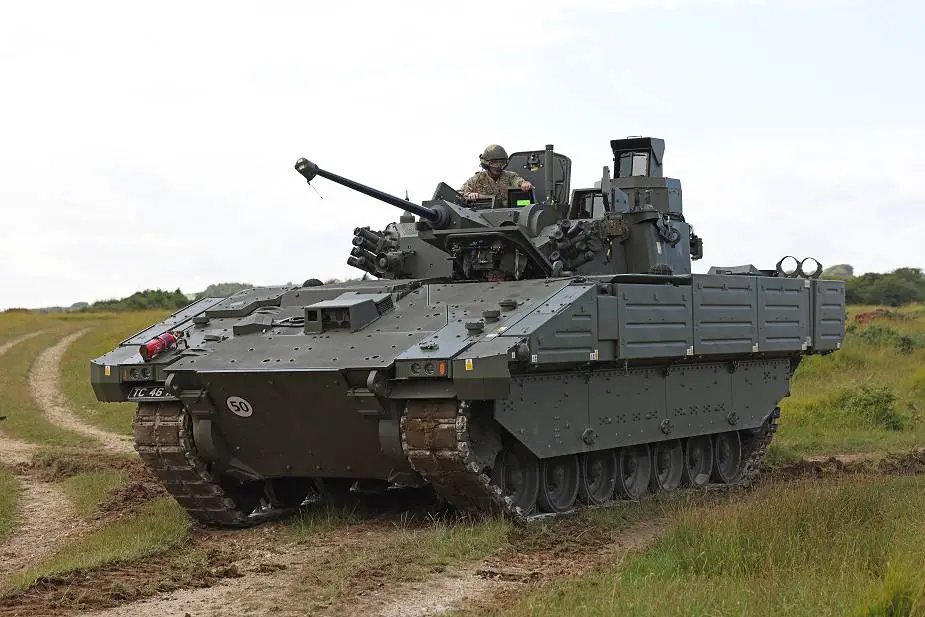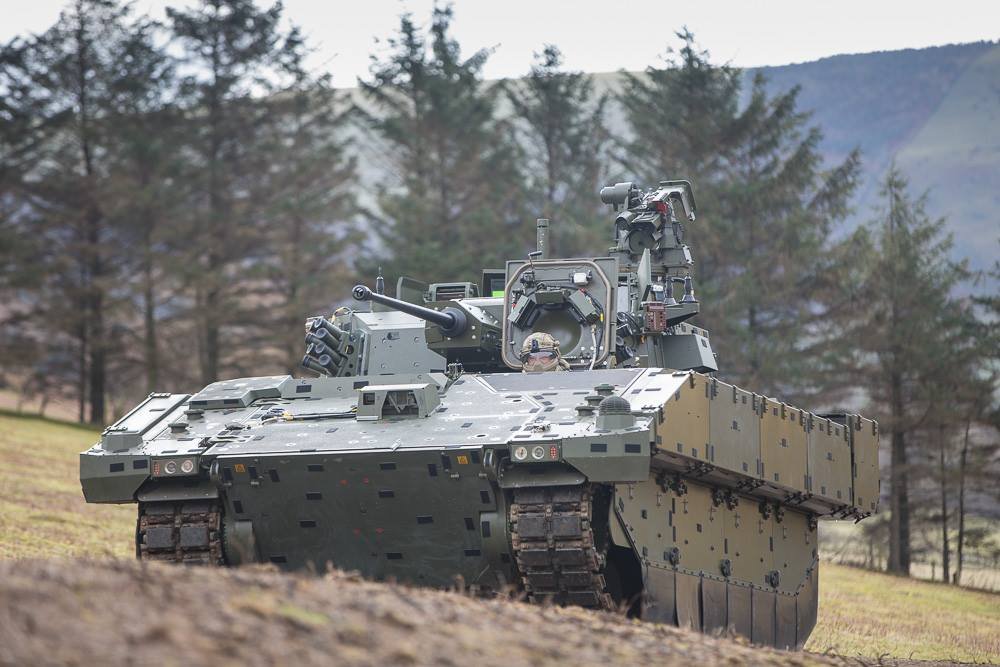Someone (i want to say @AndreiBtvt?) recently posted a pic of the High Mobility and Agility (HIMAG), which is an interesting oddity of history.
A thread of a few facts and pics of this sort of tank for today's #tanktuesday
A thread of a few facts and pics of this sort of tank for today's #tanktuesday

As the name suggests, it was a testbed for mobility and to experiment with lighter and more agile vehicles rather than increasingly heavy MBT, born out of the US Army's Armored Combat Vehicle Technology (ACVT) programme. 

Headline features included hydropneumatic suspension, move from heavy conventional turrets of the day (3-man with 105 mm gun) to a lightweight turret mounting an autoloaded ARES XM274 75 mm gun firing cased telscoped ammunition 

To reiterate, it was a test rig, so it was designed such that gross vehicle weight, center of gravity, suspension spring and damping rates, and wheel travels could be widely varied. One test report used 18 distinct configurations alone. So its not a specific proposal in itself 

The engine was a Teledyne Continental Motors' (TCM) AVCR 1360-2 variable compression ratio (VCR) diesel engine pushing 1,500 hp - remember this is on a 40t vehicle for a monstrous 37.5 hp/t 

The autoloaded gun also allowed some very impressive elevation range, something few vehicles have prioritised and now coming back to the fore when discussing new AFVs with amind to urban terrain. 



Trials were interesting, finding HIMAG faster and more agile than M1/M60 but "High mobility/agility provides an increased hit-avoidance capability, but the reduced effectiveness to fire-on-the-move while manoeuvring violently may result in only a marginal payoff in survivability" 





There were a few other testbeds running alongside HIMAG including the High Survivability Test Vehicle (HSTV) which was intended to explore the value of very light (20t) tanks over conventional MBT, using speed and mobility for survivability and mounting the same ARES 75 mm XM274 





XM274 was a cased telescoped 75 mm weapon firing at a rate of c.60 rpm and envisioned to be an alternative to contemporary tank armament.s ARES also proposed the XM274 in the glorious towed Remote Controlled Anti-Armor System, and fitted it to a few test vehicles over the years. 





Having got thoroughly off-topic, the end. Raises a few discussions around light v heavy AFV incl. whether high speed & smaller is really better for survivability, medium calibre but high RoF v large calibre low RoF and why we dont do cool experiments like this much anymore. /end 

• • •
Missing some Tweet in this thread? You can try to
force a refresh




























